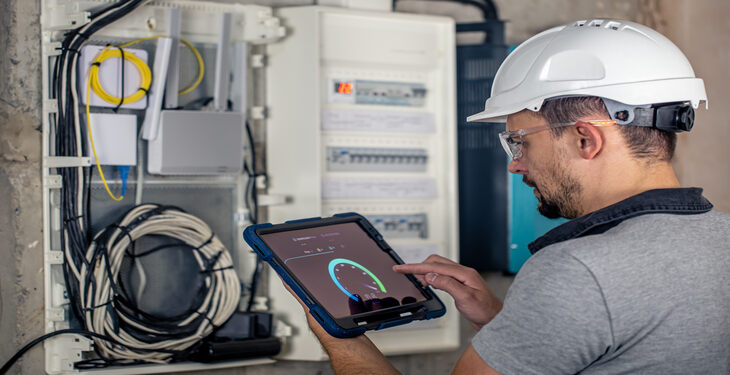Telecommunications infrastructure is the heart of modern information and communication technologies, and it must be built on solid foundations. Telecom conduits play a vital role in protecting communication lines and ensuring their efficient operation. Therefore, selecting the right conduits for telecommunications projects is crucial not only for cost-effectiveness but also for long-term system reliability and performance. Choosing the correct telecom conduit not only ensures the smooth operation of your system but also reduces maintenance and repair costs, thereby increasing overall operational efficiency.
Key Factors to Consider When Choosing Telecom Conduits
Selecting the right telecom conduit is critical for the success of your project. The first step is to thoroughly assess the specific needs of your project. Key factors in the selection process include the type of cable, the environmental conditions where the cable will be installed, the mechanical strength the conduit must withstand, and cost-effectiveness. For example, conduits with high mechanical durability should be preferred for underground applications, while conduits made from materials with high chemical resistance stand out for areas exposed to chemical effects. Additionally, choosing conduit systems that offer flexible and scalable solutions for future expansions or upgrades of your telecom infrastructure will provide long-term benefits.
The Importance of Conduit Diameter and Material Selection in Telecommunications Infrastructure
The diameter of telecom conduits should be carefully selected based on the number and size of cables to be passed through them. Larger diameter conduits are ideal for large-scale projects that accommodate many cables, while smaller diameters suffice for single cable runs. This selection is important for both ease of installation and system performance. Regarding material selection, the choice should be made according to the environmental conditions where the conduit will be applied. For example, PVC and HDPE offer durability and flexibility for general use, whereas more specialized materials may be required for extreme temperatures or corrosive environments. In any case, considering the chemical, physical, and thermal resistance properties of the material ensures the establishment of a long-lasting and reliable telecommunications infrastructure.
How to Choose Telecom Conduits According to Environmental Conditions?
Environmental factors have a significant impact when selecting telecom conduits. Elements such as soil type, underground water levels, chemical exposures, and temperature variations play a critical role in material selection. For areas exposed to chemicals, such as soils containing acids or alkalis, chemically resistant materials should be preferred. Additionally, for outdoor applications, using UV-resistant materials protects against the harmful effects of UV rays, extending the material’s lifespan and maintaining its performance.
Different Telecom Conduit Solutions for Underground and Aboveground Infrastructures
Underground and aboveground telecom infrastructures each present unique challenges and requirements. Telecom conduits used underground primarily need to be resistant to mechanical damage and variable groundwater levels. These pipes should be designed to withstand harsh underground conditions and are typically made from materials such as high-density polyethylene (HDPE). HDPE pipes offer resistance to damage caused by ground movements thanks to their flexible structure and prevent damage from groundwater with their waterproof properties. Telecom conduits used aboveground must be resistant to UV rays and temperature fluctuations. These pipes are usually made from plastics containing UV stabilizers or polymer-coated metals. Additionally, they may be treated with extra protective layers or coatings to withstand weather conditions. The selection of aboveground conduits is important both aesthetically and functionally, as these pipes are often more visible and accessible.
Flexibility and Durability in Telecom Conduits for Long-Term Performance
The flexibility and durability of telecom conduits are vital for the long-term performance of infrastructure systems. Flexible conduits can be easily installed in challenging and variable terrain conditions, saving labor during installation and reducing potential failure points. These flexible pipes are especially preferred in complex urban layouts or difficult geographical areas, as their high flexibility provides superior adaptation to ground movements and settlements. Durability involves protecting telecom conduits against various external factors. These pipes should be made from materials resistant to high temperatures, chemicals, and physical impacts. Such construction reduces maintenance needs and lowers the total cost of ownership. Using high-quality pipes with the right properties ensures that your telecom infrastructure operates reliably and uninterrupted for years, enhancing operational efficiency and maximizing customer satisfaction.



 BİZE YAZIN
BİZE YAZIN
